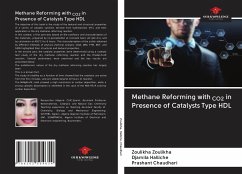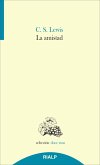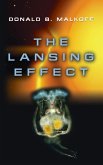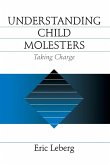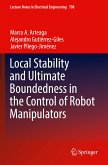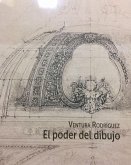The objective of this book is the study of the textural and structural properties of a series of catalytic systems derived from hydrotalcites (HT), and their application in the dry methane reforming reaction.In this context, a first part was based on the synthesis and characterization of the materials, prepared by co-precipitation at constant basic pH (pH=11), and by calcination at 450°C for 6 hours. The characterization of the solids obtained by different methods of physico-chemical analysis (SAA, DRX, FTIR, BET, and SEM) highlighted their structural and textural properties. In the second part, the catalytic properties were determined using a catalytic test study of the dry methane reforming reaction and the Friedel-Craft reaction. Several parameters were examined and the key results are presented below:The endothermic nature of the dry methane reforming reaction has largely been This is a proven fact. The study of stability as a function of time showed that the catalysts are active from the first minutes, and are stable beyond 10 hours of reaction. The NiMgAl-HTc solid showed a high resistance to carbon deposition, while a strong catalytic deactivation is identified in the case of the NiAl-HTc-R solid by carbon deposition.
Hinweis: Dieser Artikel kann nur an eine deutsche Lieferadresse ausgeliefert werden.
Hinweis: Dieser Artikel kann nur an eine deutsche Lieferadresse ausgeliefert werden.

